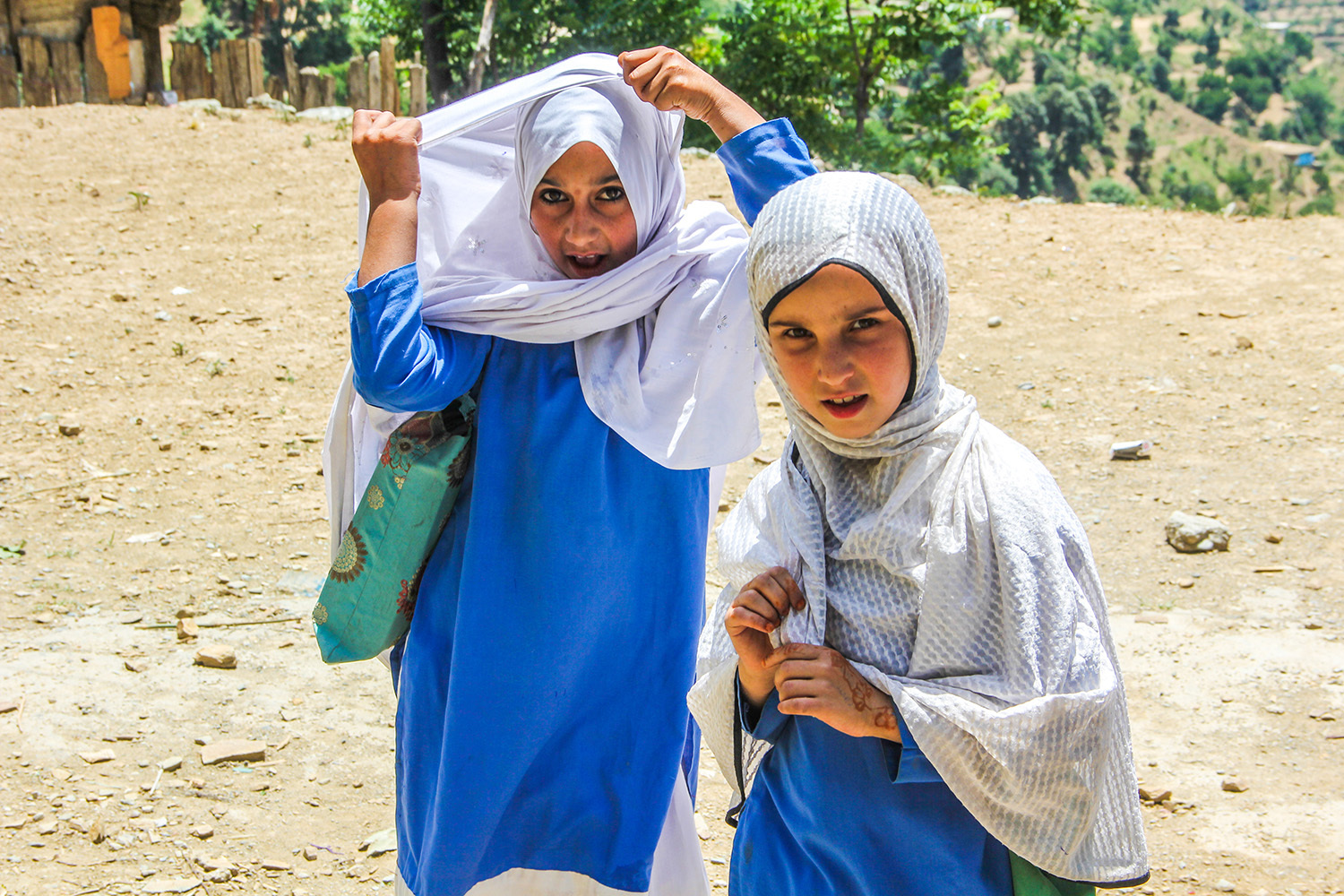
No girls' school? No problem. These villagers want their daughters to study with boys
"Sitting with so many boys is awkward, but we are willing to do it for the sake of our education," says Almas, a bright, sixth-grade student studying at a co-education school in Mangar Kot, a remote village of Swat.
Parents in this village are breaking cultural barriers by sending their daughters to boys’ schools, a trend frowned upon by most families in the area.
But the parents have no choice. This village in Kishoara union council, located some 30 kilometres north of Mingora, only has one school for girls for the primary level — with just one teacher. With no middle school to go to, girls in this locality of about 1,500 households have no option other than quitting schooling altogether after fifth grade.
“My daughter wanted to continue her education after primary school but she could not do so because of the absence of middle or high school,” says local resident Gul Mohammad, whose daughter passed her matric exams as a private candidate.
The nearest girls’ middle school in the area is over 12 kilometres away, but it is mountainous terrain with a dirt track only four-wheelers can surmount; parents earning modest incomes cannot afford transportation.
But all this does not deter natives of a valley where Malala Yousafzai stood up to terrorists so she could go to school.
"It is not considered a good thing in our society to allow girls [to study] in the same school as boys, but we are compelled. We want our girls educated,” insists one parent, Mohammad Kamal.
There currently are eight girls enrolled in the boys' middle school. They sit excitedly in the front row of the class, eager for their lesson to begin. Some of them are too shy to participate but little Almas is an active member of class discussions. She feels fortunate; the other girls in her village had to quit their education after primary school.

“There are many girls who want to study but their fathers don’t allow them to sit with boys," says Almas.
"My father cannot afford to hire a vehicle for me. I cannot walk for 10 kilometres to go to school, so we come to the boys’ school."
Her declaration of her dream to become a pilot makes the boys in her class giggle.
Although the girls feel lucky to have this opportunity to study, there are perennial problems that plague the school. Students have no chairs and desks to sit on. They sit on tattered mats. Again, like the all girls' school in the village, there is just one teacher in the one-room school.
"It is very difficult for me to teach all subjects to the students," says Pashmeen, the school's sole teacher.
"Sometimes, teachers of the primary school take a class or two with me to ease the burden," he adds.

"But I must say the students, both girls and boys, are very bright. They grasp concepts very quickly. The government must do more for the education of these young minds."
Despite the eagerness of the students, the lack of resources makes teaching and learning very difficult.
"How can one teacher teach six classes at a time?” asks villager Taj Rehman.
The boys' primary school is marginally better equipped, as it has four teachers. Parents who hope their children will get more attention from teachers in the boys' primary school have also started to send their girls there. It currently has 54 girl students who stand out in the sea of male schoolgoers.
There is some hope that the overall situation will eventually improve.
Mian Syed, the tehsil counselor representing the Pakistan Tehreek-e-Insaf which holds government in the province, tells Dawn the PTI government gives importance to education.
He says the boys' middle school, which the girls are also using, was built by the PTI a few months ago.
"We have already communicated the demands of the villagers about a middle school for girls, and I am sure that soon the girls’ primary school will be up graded to middle school," he adds.

All photos are by the reporter.
Fazal Khaliq is a journalist with a focus on culture, tourism and archaeology.
He is the author of The Uddiyana Kingdom: The Forgotten Holy Land of Swat
and runs the website, The Morning Post.





